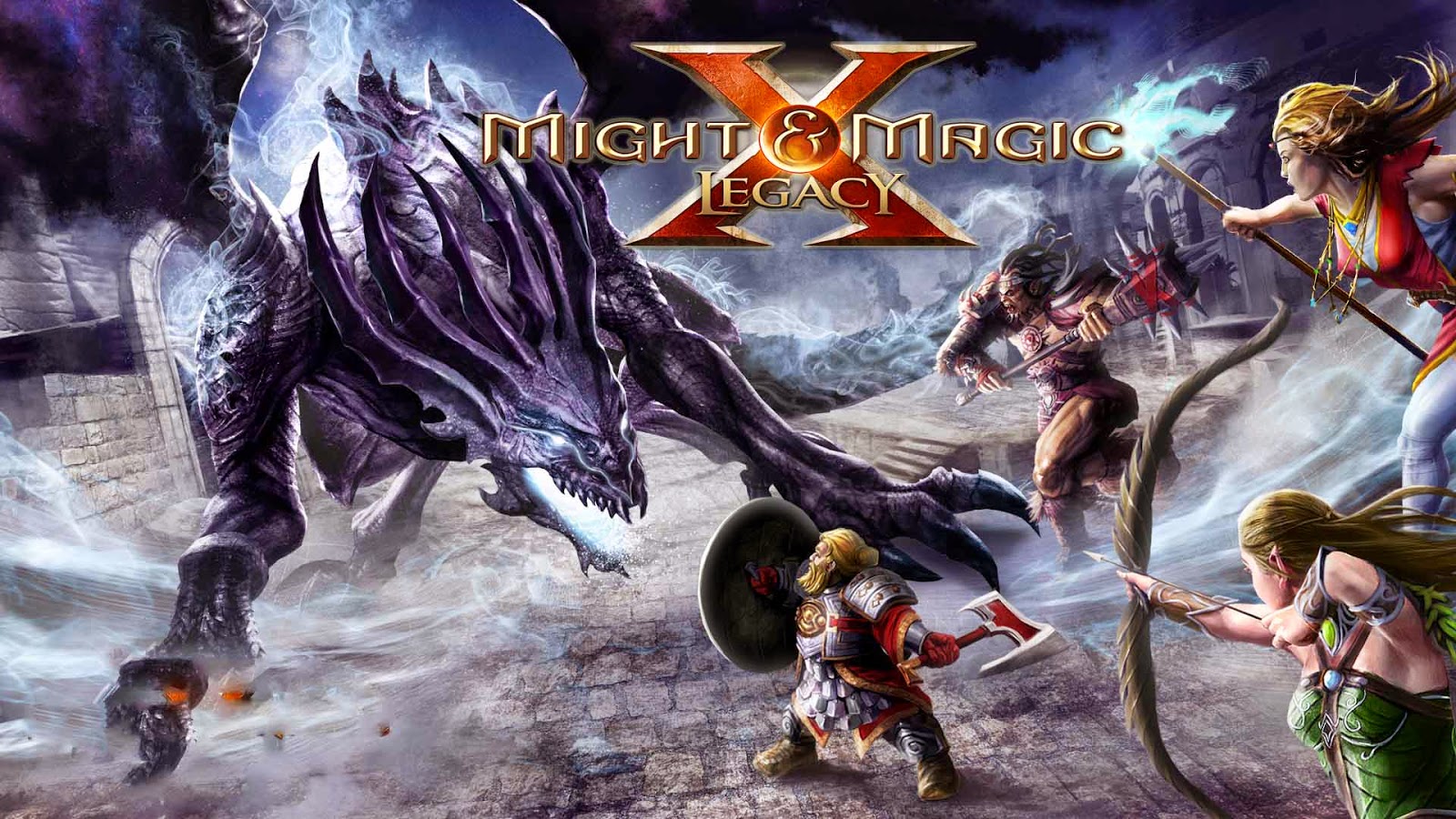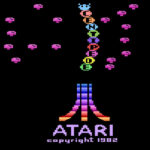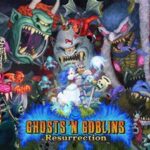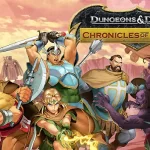Might and Magic is a series of role-playing video games from New World Computing, which in 1996 became a subsidiary of The 3DO Company. The original Might and Magic series ended with the closure of the 3DO Company. The rights to the Might and Magic name were purchased for US$1.3 million by Ubisoft, who “rebooted” the franchise with a new series with no apparent connection to the previous continuity, starting with the games Heroes of Might and Magic V and Dark Messiah of Might and Magic. (Source from Wikipedia)

The majority of the gameplay takes place in a medieval fantasy setting, while later sections of the games are often based on science fiction tropes, the transition often serving as a plot twist. The player controls a party of player characters, which can consist of members of various character classes. The game world is presented to the player in first person perspective. In the earlier games the interface is very similar to that of Bard’s Tale, but from Might and Magic VI: The Mandate of Heaven onward, the interface features a three-dimensional environment. Combat is turn-based, though the later games allowed the player to choose to conduct combat in real time.





The Secret of the Inner Sanctum (1986)

Might and Magic Book One: The Secret of the Inner Sanctum (also known as simply Might and Magic) is an early role-playing video game, first in the popular and influential Might and Magic franchise. It was released in 1986 as New World Computing’s debut, ported to numerous platforms and re-released continuously through the early 1990s. The game centers on six adventurers who are trying to discover the secret of the Inner Sanctum: a kind of “holy grail” quest. While trying to discover the Inner Sanctum, the heroes discover information about a mysterious character named Corak and his hunt for the missing villain Sheltem. They end up unmasking Sheltem, who had been masquerading as the King, and defeating his evil machinations. At the end of the game they go through the “Gates to Another World” and travel to CRON, not knowing that Sheltem has also escaped to that world.



Gates to Another World (1988)
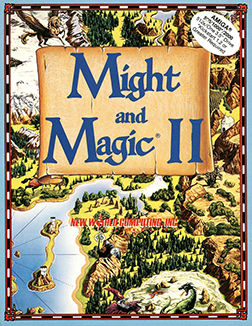
Might and Magic II: Gates to Another World (also known as Might and Magic Book Two: Gates to Another World) is a role-playing video game developed and published by New World Computing in 1988. It is the sequel to Might and Magic Book One: The Secret of the Inner Sanctum. After the events of Might and Magic Book One: The Secret of the Inner Sanctum, the adventurers who helped Corak defeat Sheltem on VARN take the “Gates to Another World” located in VARN to the land of CRON (Central Research Observational Nacelle). The land of CRON is facing many problems brought on by the encroachment of Sheltem and the adventurers must travel through CRON, the four elemental planes and even through time to help Corak stop Sheltem from flinging CRON into its sun.

Isles of Terra (1991)
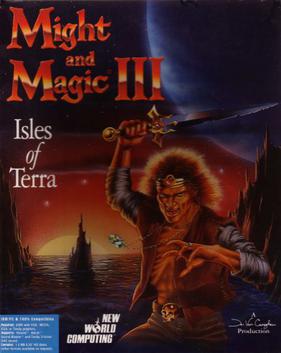
Might and Magic III: Isles of Terra is the third game in the role-playing video game series Might and Magic. Released in 1991, it is the predecessor to Might and Magic IV: Clouds of Xeen and the sequel to Might and Magic II: Gates to Another World. A Sega Genesis version was developed, but never released. Throughout the game, the adventurers travel the Isles of Terra, a grouping of separate, flat “nacelle” worlds drawn from the Void onto the oceanic planet of Terra by Sheltem himself in previous years. Driven against the Ancients, Sheltem is now launching their nacelles into the suns of various worlds, snuffing out countless lives in his wake. Driven by the tales told in Corak’s journals regarding the Ancients, the Elemental Lords and the “Forces of the Dome”, the heroes pursue the Guardians, battling terrors along the way.

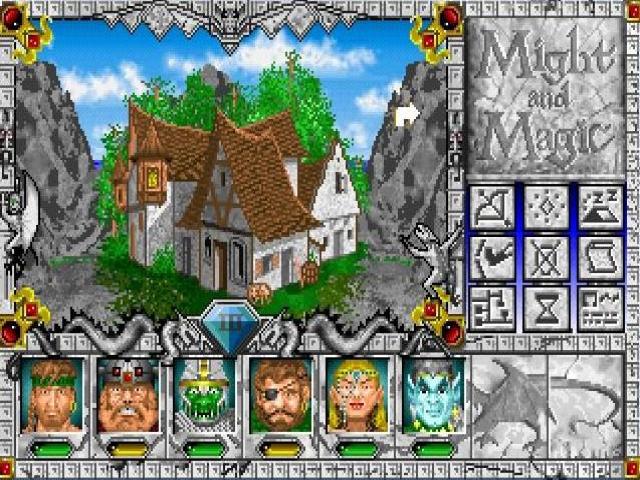
Clouds of Xeen (1992)

Might and Magic IV: Clouds of Xeen (originally released as Might and Magic: Clouds of Xeen) is the fourth installment in the Might and Magic series by New World Computing. Might and Magic IV focuses on the events that occur after the adventurers of Might and Magic III set off to follow Sheltem after he escapes from Terra. Trouble is brewing in the land of Xeen. A mysterious villain by the name of Lord Xeen has imprisoned Crodo, overseer of Xeen, in a tower and is unleashing havoc across the land. A new band of adventurers must be formed to stop him and save the Clouds of Xeen.
Darkside of Xeen (1993)

Might and Magic V: Darkside of Xeen (originally released as Might and Magic: Darkside of Xeen) is a science fantasy role-playing video game published and developed for multiple platforms by New World Computing in 1993. Based on the Might and Magic III: Isles of Terra game engine, it is the fifth game in the Might and Magic series, and is a direct sequel to Might and Magic IV: Clouds of Xeen, concluding the story arc started in the original Might and Magic Book One: The Secret of the Inner Sanctum.
world of xeen (1994)

If Might and Magic IV and V are installed on the same system, they can be combined into a single game. The combined game contains all of the content from IV and V, as well some additional quests, and is known as World of Xeen. In 1994, NWC released an enhanced World of Xeen CD, which expanded the amount of digital speech in the game.
The combined World of Xeen game contains a series of additional quests providing an epilogue to the events of Might and Magic IV and V. After Sheltem is defeated the party is summoned to the Ancients’ pyramid by the Dragon Pharaoh to complete the quest that Prince Roland had been on all along: the uniting of the two sides of Xeen into a single, continuous world. Once the remaining quest lines are completed, Roland and Queen Kalindra are wed in a ceremony that invokes the world’s transformation.
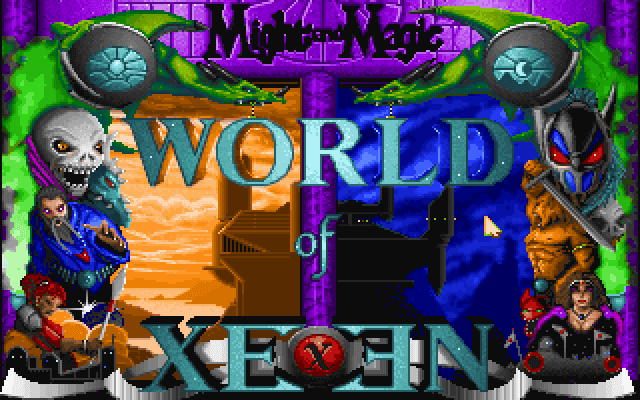

The Mandate of Heaven (1998)
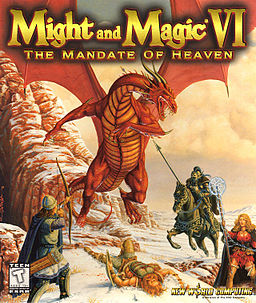
Might and Magic VI: The Mandate of Heaven, commonly abbreviated to Might and Magic VI or simply MM6, is a role-playing video game developed by New World Computing and published by 3DO in 1998. It is the sixth installment in the Might and Magic series, the sequel to Might and Magic V: Darkside of Xeen and the first of the Might and Magic titles to take place on the same planet as Heroes of Might and Magic. It continues the storyline of Heroes of Might and Magic II, and takes place at the same time as Heroes of Might and Magic III in the series chronology.
For Blood and Honor (1999)

Might and Magic VII: For Blood and Honor is a role-playing game for Windows published in 1999 by 3DO and developed by New World Computing; it was re-released in 2011 on GOG.com. The game follows on from both the events of Heroes of Might and Magic III (a prequel to Blood and Honor), and those of Might and Magic VI: The Mandate of Heaven. Players form a party of four characters who win a castle in a scavenger hunt and soon become embroiled in political events on the continent of Antagarich, on the world of Enroth, before eventually choosing one of two paths and working alongside a number of characters, whose storyline continues on from the events of Might and Magic III: Isles of Terra. The game, Might and Magic VIII: Day of the Destroyer is a sequel to Blood and Honor.
Day of the Destroyer (2000)

Might and Magic VIII: Day of the Destroyer is a role-playing video game developed for Microsoft Windows by New World Computing and released in 2000 by The 3DO Company. It is the eighth game in the Might and Magic series. The game received middling critical reviews, a first for the series, with several critics citing the game’s length and its increasingly dated game engine, which had been left fundamentally unaltered since Might and Magic VI: The Mandate of Heaven in 1998. The game was later ported to PlayStation 2 in Japan and published by Imagineer on September 6, 2001.
writ of fate (2002)
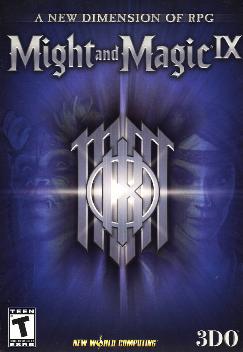
Might and Magic IX is a role-playing video game, the last developed by New World Computing for Microsoft Windows and released in 2002 by the 3DO Company. It is the sequel to Might and Magic VIII: Day of the Destroyer. It is the first to feature a significant game engine overhaul since 1998’s Might and Magic VI: The Mandate of Heaven. Powered by the Lithtech 1.5 engine, it was also the first game in the series to feature fully three-dimensional graphics. During production, it was known by the working title of Might and Magic IX: Writ of Fate,[2] and it is usually referred to by that title by fans of the series.
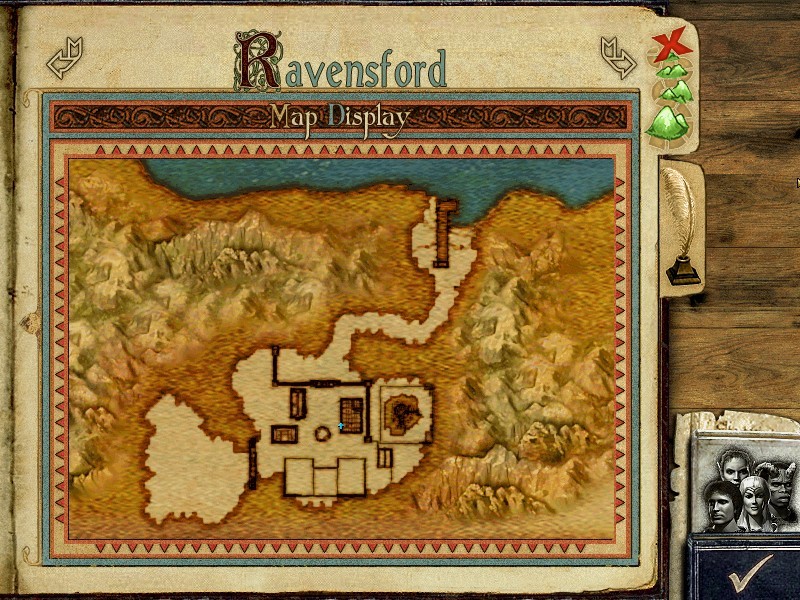
Legacy (2014)

Might & Magic X: Legacy is the tenth installment of the Might and Magic role-playing video game series, announced on March 21, 2013, developed by Limbic Entertainment and published by Ubisoft. Instead of being a sequel to Might and Magic IX the game follows the events of Might & Magic Heroes VI and is set in the world of Ashan. It was released on January 23, 2014 as a downloadable title for Microsoft Windows. An OS X version was released on April 16, 2014.
The game focuses on events occurring in the Agyn Peninsula of Ashan, on the continent of Thallan, following the war created by the archangel Uriel. A coup has occurred in the city of Karthal, and a party of raiders who arrive in the region are drawn into a complex plot in the region that threatens to escalate tensions in the various nations.
